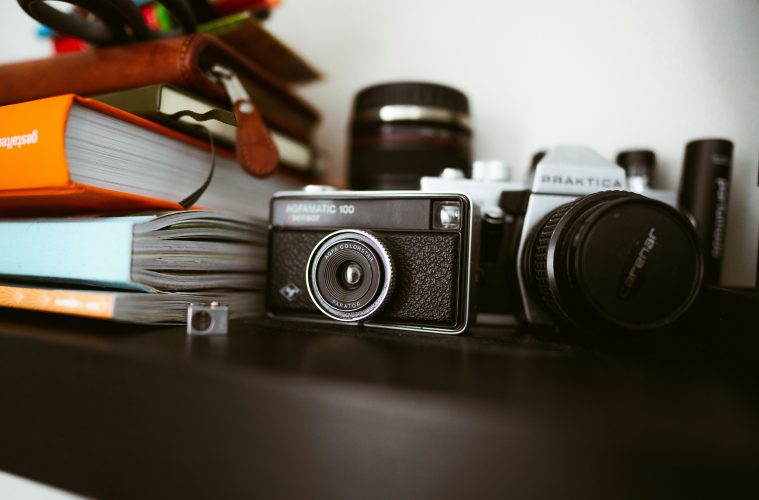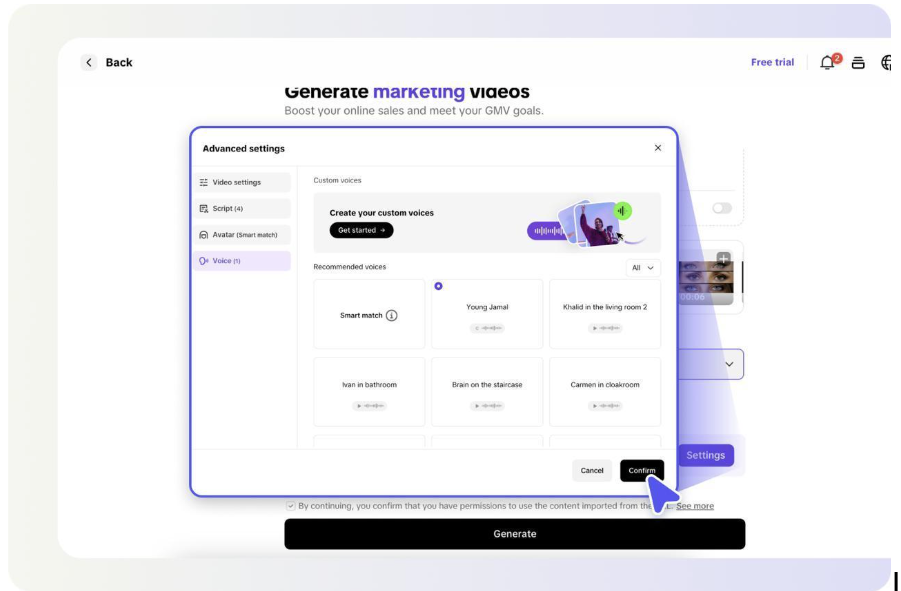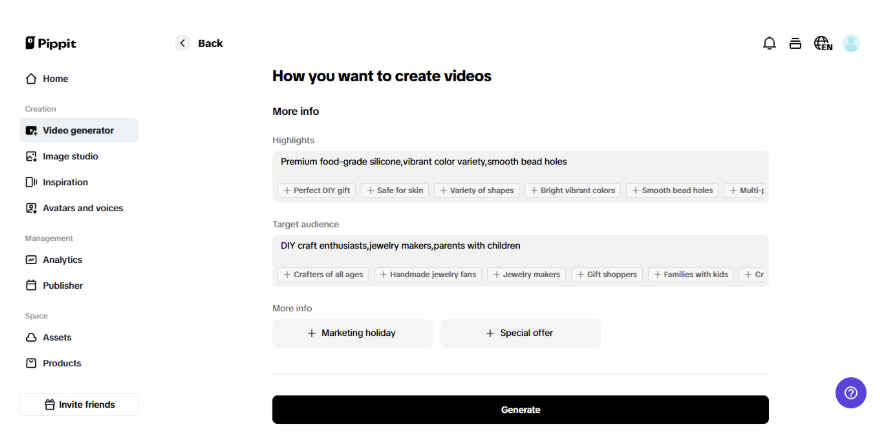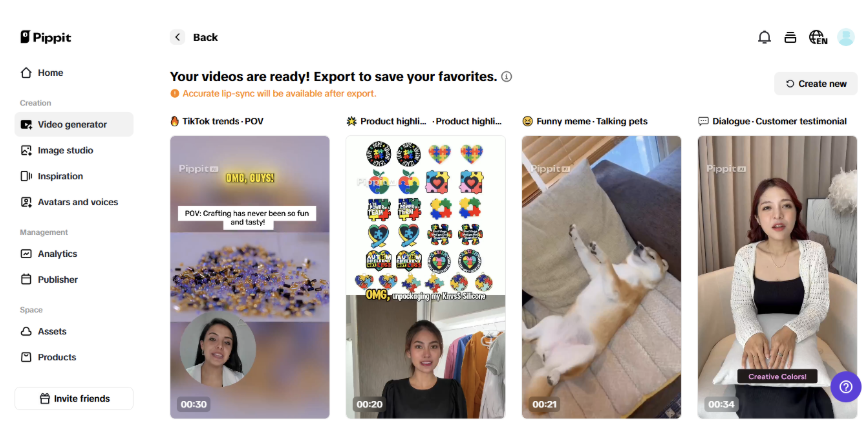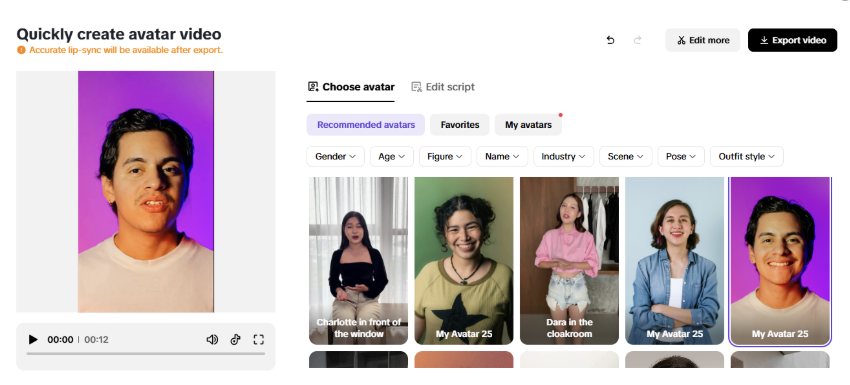Photos always caught time, freezing feelings in a moment. What if those moments that were still could still move? That’s what contemporary photo-to-video AI software enables. By leveraging AI to transform still images into movement, they are able to take old portraits, travel photographs, and family snapshots and render them into small film strips that can elicit profound emotion.
Pippit is one of many platforms that are making this transition seamless and holistic. With a few taps, one can watch a smile blossom, those measured, quiet waves move back and forth over the sand, or a childhood memory arises as if it had ever left. This is not editing; it is storytelling through our memories.
Turning frozen frames into flowing memories
The magic of AI animation is in the way it combines emotion with motion. With smart mapping and gentle motion clues, one photo becomes an expressive sequence.
You might find yourself observing someone’s eyes blink, hair waves, or the light ripples in a scene, small details that take a photo toward alive memories. The point here is not accurate realism; it’s about emotion. If you are bringing back an old photo from childhood or recreating an important place from a trip, motion provides meaning.
Why users like it:
- It brings new life to old, forgotten photos.
- It turns personal and nostalgic into social media reels.
- It’s easy and requires creativity rather than skill.
When storytelling shifts from words to visuals
For decades, folks told stories in albums and captions. Today, stories move, literally. AI-powered motion tools enable each image to tell something more profound. A portrait can blink, smile, or lean; a travel photo can pan and fade like a movie preview.
Picture this upgrade:
- An old wedding photo animates warmly, with a soft lighting effect on smiling faces.
- A Polaroid from your backcountry adventure becomes a movie reel with music.
- A graduation photo becomes a short film revealing the story behind the smile.
The psychology behind moving memories
Why do animated pictures affect us so deeply? Humans naturally respond to faces and movement. When we witness an old photograph blink or move effortlessly, the brain’s emotional centers react as if the subject is standing before us.
AI amplifies this emotion by creating motion that appears natural, not overdone. The slightest wobble of light or a slow blink is sufficient to evoke nostalgia. It’s technology that speaks to the heart.
Behind the scenes
You know, all those slick videos people watch. They really depend on this setup working behind the scenes. The video agent handles the timing, the switches between shots, and just the overall quality of everything. It keeps lighting steady all the way through. Motion stays on point too. Tone matches up nice across the different parts. So the brands look ends up feeling whole, you know.
Digital storytellers’ new favorite medium
For today’s creators, this is not about nostalgia; it’s a digital storytelling revolution. These tools enable influencers, brands, and regular users to turn stills into short, cinematic videos without ever laying hands on pro software.
What it provides:
- Easy to create: Individuals can use and make meaningful images without any technical learning.
- Market potential: For marketing, it is great to use heritage campaigns or emotional storytelling about a product.
- Creative Control: Individuals can create photos that add more to an image, and have it look like a hand-made product.
Even artists are using them to turn ordinary photographs into feeling-based digital paintings, not for algorithm magic, but to add to the emotion.
Nostalgia meets innovation
Technology tends to look ahead, but this trend is all about the past. Through the combination of emotion and innovation, AI makes individuals visit time. All moving pictures turn into short emotional films, not designed by computers but by memories behind every shot. Travel bloggers now use them to record trips that were previously impossible to experience again. Families utilize them to celebrate loved ones in the form of muted animation. Even artists utilize them to transform normal photographs into emotive digital paintings.
The magic isn’t in the algorithm; it’s in how it enhances emotion.
Giving voices to still portraits
Now, a second level of creativity is introduced with lip sync AI, allowing animated photos to dance at the same time as voices or music. In a moment, a photo doesn’t just come to life; it can talk, sing, or narrate.
This technology opens up ideas/simple examples like:
- Bringing to life historical painting portraits with an informative voice-over.
- Crafting customized digital greetings.
- Producing social storytelling avatars with interactive design.
When carefully synced, it doesn’t sound robotic; it sounds intimate. It’s like the past is softly speaking to the present.
Why emotional videos have audiences hooked
Social media feeds on brief, moving stories. Audiences swipe by perfection but pause for emotion. AI-powered photo videos bring both together accuracy and feeling, in mere seconds. Creators today make memory reels that sew together vintage pictures with music, changes, and organic motion. They aren’t your run-of-the-mill slideshows; they’re emotional short movies.
Some popular applications:
- Anniversaries, birthdays, or graduation throwbacks.
- Brand nostalgia, advertising campaigns, and digital picture books.
- Sentimental tributes posted on individual timelines.
Super power
Each generation discovers a new method of keeping its memories, engravings turned into paintings, paintings turned into photographs, and photographs become motion. This evolution does not destroy history; it recontextualizes it.
Pippit and similar platforms allow users to bring life to motion without barriers of technology. No editing skills, no high-end equipment, simply imagination and empathy. What used to need movie studios now fits in your hand. AI is no longer far-off technology; it’s an emotional connection between yesterday and tomorrow.
Where stillness finds its rhythm
Underpinning it all is this technology of rediscovery.
A quick eye flutter, a soft smile or a slight head turn can bring life to an old image again. The action itself isn’t important; it is the purpose behind the action.
For photographers, travelers or anyone sentimental, these cinemagraph photo videos are a way to articulate in a new way, one in which art, memory and creativity flow together effortlessly. So next time you are in your photo library, just wonder: What if these photos could tell their story? Because they can now with technology.
Conclusion: bring your memories to life with pippit
Each image holds dormant emotions that are dying to express movement again. AI just opens the door a crack. Pippit lets you transform an inert image into a polished cinemagraph story that incorporates motion, sound, and emotion. Let your memories breathe. Create videos from your photos today with Pippit.
Published by HOLR Magazine.


